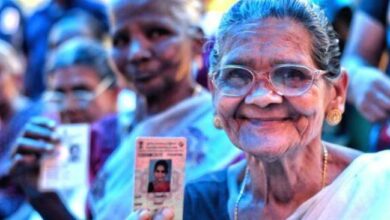Job Stress and Heart Disease Risk: Men Particularly Vulnerable, Study Finds

A recent study published in Circulation: Cardiovascular Quality and Outcomes explored the interplay between job strain and effort-reward imbalance (ERI) in relation to the risk of developing coronary heart disease (CHD). The research revealed that men exposed to either job strain or ERI faced a significantly elevated risk of CHD, with those experiencing both stressors being more than twice as likely to develop the condition.
Background: Non-communicable diseases, primarily cardiovascular diseases, are a leading cause of global mortality, with CHD emerging as the most prevalent among them. Job-related stress has been recognized as a contributor to CHD risk. The job strain model, developed by Robert Karasek, highlights that individuals in psychologically demanding roles with limited control are more prone to stress. ERI occurs when a worker’s efforts are not adequately rewarded, which can also impact health. While both job strain and ERI have been separately linked to CHD, their combined effect has been less explored.
Study Details: The study analyzed data from 6,465 white-collar workers, with an even gender split. Participants, initially free of heart disease, were followed for nearly 19 years to track their cardiovascular health and work-related stress levels. Job Content Questionnaires categorized participants into four groups based on job demands and control. Additionally, participants provided details on their job efforts and rewards to calculate the ERI ratio. The research assessed how exposure to job strain and ERI affected CHD risk.
Results: Approximately half of the men and women experienced low work-related stress, while around 22% faced either ERI or job strain (but not both). Men exposed to ERI or job strain alone showed a 49% increased risk of CHD. However, men exposed to both stressors had more than double the risk, emphasizing a significant association. In contrast, the results for women were inconclusive, with higher stress exposure not significantly linked to greater CHD risk.
Conclusions: The study highlights a substantial increase in CHD risk for men exposed to both job strain and ERI, comparable to the risk associated with obesity. While the results for women were inconclusive, it’s essential to address work-related stressors for the well-being of all workers. Early interventions targeting psychosocial stressors in the workplace could prove effective in reducing the burden of CHD among men.






